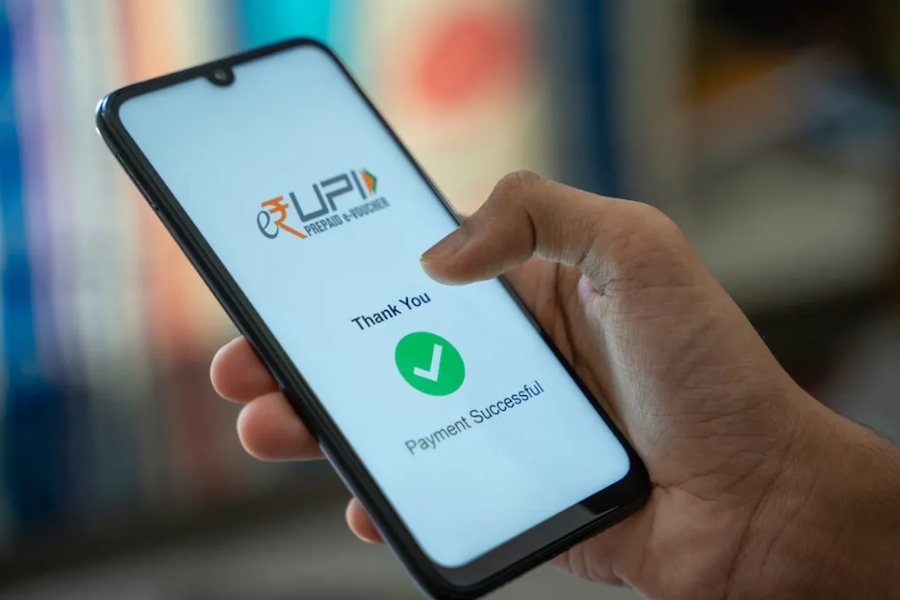Digital Wallets vs UPI: Understanding India’s Digital Payment Ecosystem
Indian digital payment was one of the biggest success stories of the last ten years. Innovations that made transactions faster, simpler, and more secure brought this out. In fact, two of the main factors behind this evolution are Digital Wallets and UPI wallets- the Unified Payments Interface – that have revolutionized how Indians make payments. Yet, though both solutions are now popular, they also have their differences. With regard to this blog, let’s look closer at how Digital Wallets and UPI wallets differ in features and advantages and disadvantages for improving your understanding of India’s diverse digital payment landscape.
1. What are Digital Wallets?
Digital wallets, also popularly known as e-wallets, are an application where the users can secure their payment information in a smartphone. Consumers use those wallets for making payments or transferring money and saving a digital coupon or loyalty cards. Examples of such available digital wallets in India are Paytm, PhonePe, Google Pay, or Amazon Pay.
Key Features of Digital Wallets:
- Prepaid balance: Wallets enable the loading of money into the application, which can be spent on online and offline purchases.
- Multiple payment methods: It supports multiple payment modes including linking debit/credit card, net-banking account or wallets directly connected with UPI.
- Rewards and cash back: Most wallets offer rewards, including discounts, cash back, or rewards based on usage.
2. What is UPI?
It was an instant pay system by the National Payments Corporation of India. Directly, from one bank account, money could be sent and received via mobile phone. The UPI offered direct bank-to-bank transactions thus making it more simplistic and easy without even needing to use physical cash or even card details.
Key Features of UPI:
- Instant payments: UPI transactions are instant so no waiting time for any fund transfer.
- Bank-to-bank transfer: It is processed directly between accounts thereby doing without the services of a mediator, in UPI.
- UPI ID: Each user gets an exclusive id (VPA) so that the transactions become problem-free.
- Multiple payment apps: Multiple Apps like PhonePe, Google Pay, BHIM etc that permit the users to use multiple apps for making UPI payments that help flexibly.
3. Digital Wallets vs UPI: Key Differences
While UPI wallets and digital wallets both work toward the aim of seamless payments, they are basically different in terms of how they work and their inherent nature. Here’s a comparison of both:
A. Transaction Fees
- UPI Payment : UPI is free to consumers while charging no transactions.
- Wallet Payment: Depending on the wallet service or the nature of the transaction, wallet applications may incur transaction fees. There are some wallets that might also charge for withdrawing funds or transferring money to a bank account
B. Flexibility and Usage
- Payment at POS/UPI: Online payments UPI is everywhere online. UPI India has managed to make people accept payment, bill payments and send and receive money freely through a merchant.
- Wallet Payment: The major usage of wallets is found in online purchases, payment of bills, and the peer-to-peer transactions, but they are not universally accepted everywhere.
C. Security
- UPI Payment: UPI payment methods include all strong security measures. Even the transactions are done by 2FA. Besides, UPI also utilizes the encryption mechanism for secure payment methods.
- Wallet Payment: Wallet applications use security features like PINs, biometric authentication, and encryption to protect customer data. However, with an unsecured wallet app, there may be certain risks associated with unauthorized access.
4. Why Choose Digital Wallets?
Although UPI has gained popularity, wallets remain the first choice for most users. Here are a few reasons why you might want to use wallets for digital payments:
- Easy to Use for Small Transactions: Digital wallets are the best for all small transactions.
- Rewards and Loyalty Programs: If you use Digital wallets of a particular company, you will get rewards from there.
- Speedier Checkout for Online Shopping: You just have to tap once for payment, and it doesn’t require much process to complete the payment.
5. Why Choose UPI Payments?
There are several differentiating benefits offered by UPI, mainly regarding direct bank transfers and its simplicity. Here’s why you might like to choose UPI over digital wallets:
- Integration with the bank: You don’t need to maintain balance in some specific app, UPI works in all apps after setting up.
- Free Transfers: There’s no transaction fees applicable every time you make any online UPI payment.
- Seamless and Universal: You can use UPI anywhere on any QR code to make the payment.
6. Which Is Better for You: UPI wallet or Digital Wallets?
The choice between a UPI and digital wallets thus depends on your preferences and requirements. If you want simplicity in transactions, direct bank integration, with zero transaction fees, choose UPI. However, if you want a swifter, more flexible, more rewarding way of payments, along with cashbacks, digital wallets are going to be a better fit.
Digital wallets, as well as UPI, are of paramount importance in the increasing digital payment ecosystem of India and mostly users use both, whichever is convenient for the kind of transaction.
Conclusion
As digital payments become the norm, it’s essential to understand UPI and wallets’ strengths and weaknesses. Be it seamless bank-to-bank transfers through UPI apps like Bajaj Finserv and ease and rewards from the wallet, India will certainly stay ahead in digital payments with speed and security.




